At Save the Redwoods League, we talk about protecting forests on a landscape scale. But what exactly does that mean?
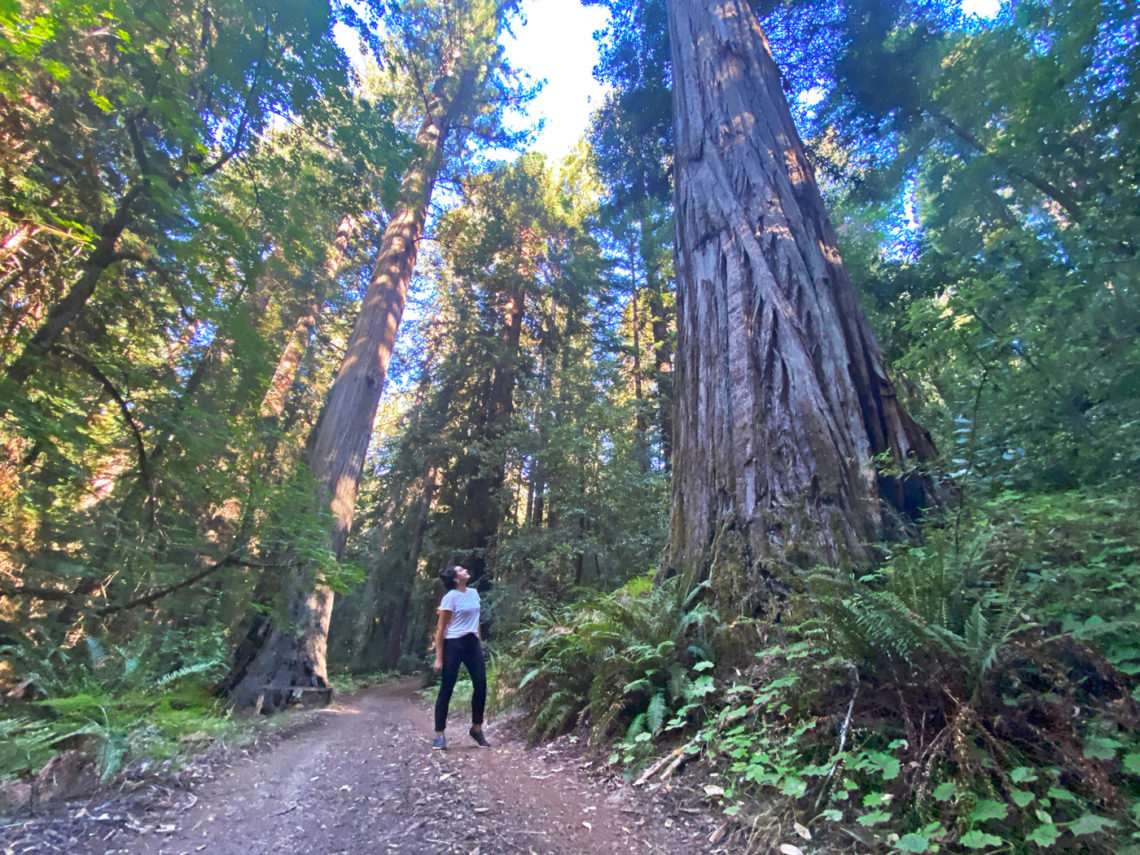
Landscape-scale conservation aims to ensure that the interests of different stakeholders are met, instead of focusing on a single use of the land. This type of conservation supports communities, the economy, as well as the wildlife and natural resources of an area.
Today there are more than 1 million acres of privately owned coast redwood forests, much of them managed for commercial timber production. Ultimately, we want all that forest protected in either reserves or sustainably managed working forests. We want to see our iconic redwood forests restored to their former glory for future generations to be able to experience—to foster relationships with this critical and iconic element of the California landscape. Our land protection goals for the next century are to double the size of coast redwood forests in parks and reserves from 400,000 to 800,000 acres, including the remaining old-growth forests, and to secure the remainder of the redwood forests’ footprints in ecologically managed working forests. To achieve these goals we have to think big. But how big is big?
When we think about doubling the amount of protected coast redwoods in the next century, we need to look at those spaces in between protected forests—those that are occupied by commercial forestry operations. We are focused on these forests so that we can protect them from further degradation, restore them, and put them on the trajectory to grow into the ancient forests of the future.
We look to one of our partners, the Mailliard family, as a great example of what it means to protect the forest footprint as ecologically managed working forests at the landscape scale. In February 2021, the League helped them fully realize their goals through a partnership that has been decades in the making.
The Mailliard family first acquired the original parcel of their ranch in southern Mendocino County in 1925. Over time they strategically expanded their property, acquiring surrounding land and stitching together a landscape that had been previously subdivided among dozens of small landowners. During that time, they also set a new course for the area’s redwood forest, conducting sustainable timber harvests, which have helped to restore old-growth conditions in formerly logged areas. They even worked with the League to turn 242 acres into Mailliard Redwoods State Natural Reserve in 1954.
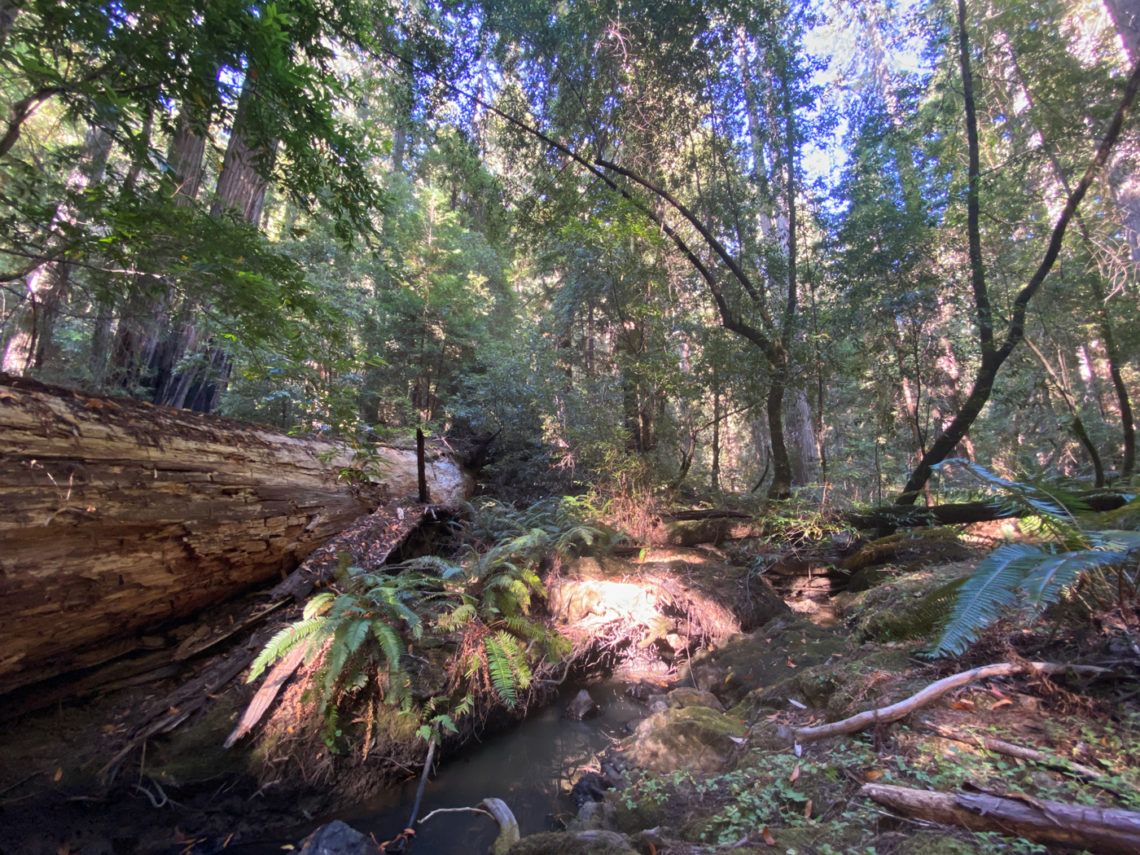
Today, Mailliard Ranch spans 14,838 acres. We’re thrilled that together with the Mailliards, the League completed the last of three conservation easements to permanently protect the entire property. The Mailliards will retain ownership of the land and continue to steward it and run a working ranch, while the conservation easements safeguard the property from the threat of subdivision, development, and aggressive non-sustainable timber harvesting, no matter who owns it in the future.
The property includes nearly 1,000 acres of reserves, including old-growth coast redwoods, mature mixed-conifer forest, and 28 miles of salmon-bearing streams at the headwaters of the Garcia River and in tributaries of the Navarro River. Not only that, but this conservation project also completes a puzzle of more than 82,000 acres of contiguous protected lands and bolsters watershed health.
That’s what we mean by landscape-scale.
The old-growth redwood groves that are left along the California coast are fragmented islands. The forests that remain in unprotected ownership status are links needed to stitch together whole landscapes. We want to connect large swaths of old-growth and previously logged, recovering redwood forests and related habitats, and create contiguous protected landscapes across the redwood range. When we do this, California’s iconic forestlands can be either restored or left to grow healthy and old again, depending on the forests’ conditions and needs.
So, how big is big? Well, protecting a nearly 15,000-acre property through conservation easements is a start. We are currently pursuing thousands of acres of land transactions—ideally fee acquisitions—and advancing negotiations with key landowners to substantially shift the balance between protected land and commercially harvested land. We’re playing the long game. When things are ready and right, the League is here to protect the redwood forests that are so critical to the California landscape. A landscape-scale acquisition could be within our grasp in the not-so-distant future.

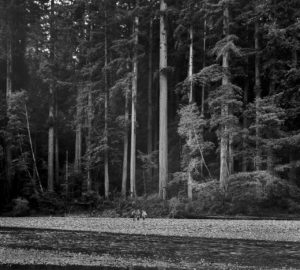
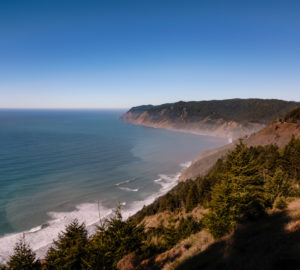
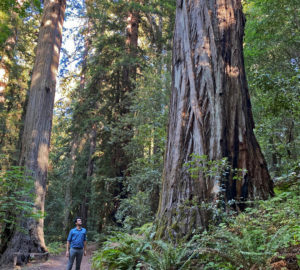
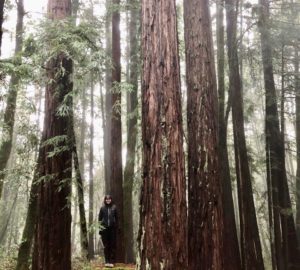
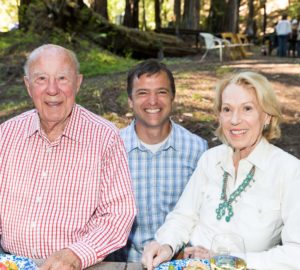
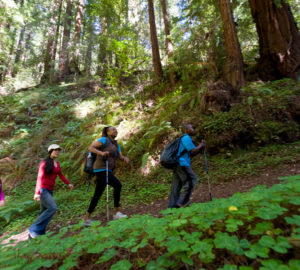
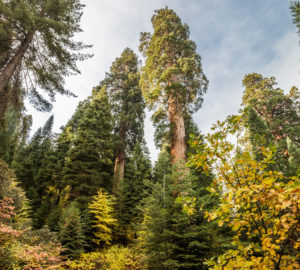
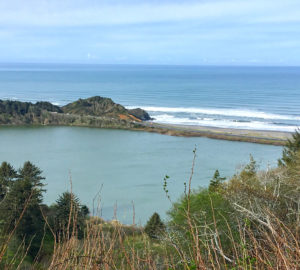
One Response to “What do we mean by ‘landscape-scale’ forest protection?”
Mark randall
Thank you very much. Well done. You have a lot of power. Please consider using it up where your opposition is weakest and your victory would be the most significant: https://www.arcgis.com/apps/Cascade/index.html?appid=cc401f2b9ced46929558f5d8a6bed041